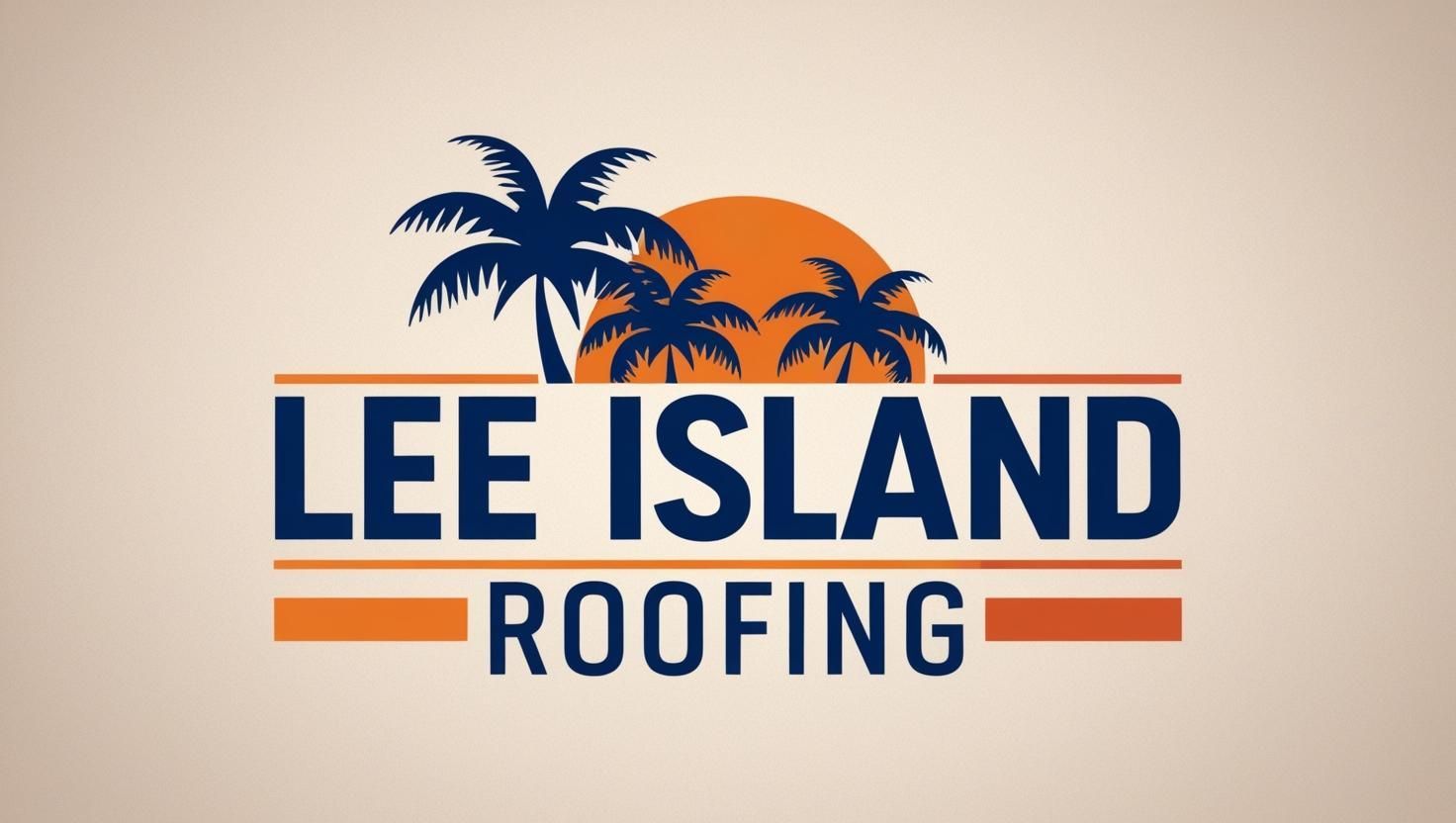How Florida's Salt Air Affects Your Roof (and what to do about it)
Extend the life of your roof by protecting it against salt air!

How Florida’s Salt Air Affects Your Roof (and What to Do About It)
Florida’s beautiful coastline offers ocean views, sunny weather, and the relaxing sound of waves. But if you live near the water, there’s one hidden threat that could be slowly damaging your roof: salt air. The salty sea breeze, while refreshing, can take a serious toll on roofing materials over time. Here’s how salt air affects your roof—and what you can do to protect it.
The Impact of Salt Air on Roofing Materials
Salt air contains tiny salt particles that are carried inland by wind and settle on homes, vehicles, and other structures. Over time, this salt buildup can lead to corrosion, discoloration, and deterioration of your roofing system. Metal roofs are particularly vulnerable to rust and oxidation, especially if they’re not treated with a protective coating. But even asphalt shingles, clay tiles, and wood shake roofs aren’t immune. Salt can break down protective finishes and weaken materials, making them more prone to cracking, lifting, or leaking.
In coastal Florida towns, roofs may wear out faster than in inland areas. The constant exposure to salt, combined with high humidity, intense sun, and tropical storms, accelerates the aging process of most roofing systems.
Scheduling a roof inspection with an experienced roofing company is essential to ensure your home stays protected, especially in challenging climates like Florida’s. Skilled roofers know exactly what to look for—whether it’s salt air corrosion, hidden leaks, or storm damage. They can identify early warning signs that untrained eyes might miss, helping you avoid costly repairs down the line. An experienced roofing company also provides accurate documentation for insurance claims and recommends the best materials for long-term durability. With professional insight and proper care, you’ll extend your roof’s lifespan and protect your investment with confidence.
Signs of Salt Air Damage
Common signs of salt air damage include:
- Rust stains on metal flashings or roof panels
- Faded, brittle, or curling shingles
- Roof leaks near seams or vents
- Loose or corroded fasteners
- Mold or algae growth due to trapped moisture
If you notice any of these issues, it may be time for a roof inspection.
What You Can Do to Protect Your Roof
- Choose Coastal-Grade Materials: When building or replacing a roof near the ocean, choose materials specifically rated for coastal environments. Aluminum, stainless steel, or coated metal roofing resists salt corrosion better than standard options.
- Schedule Regular Inspections: Have a professional roofer inspect your roof at least once a year—ideally after storm season. Early detection can prevent minor salt-related damage from turning into major repairs.
- Keep It Clean: Rinse your roof periodically with fresh water to wash away salt deposits, especially after strong winds or hurricanes.
- Apply Protective Coatings: Some roofing systems benefit from sealants or coatings that act as a barrier between the salt air and your roofing materials.
Don’t Wait Until It’s Too Late
If you live near Florida’s coastline, staying ahead of salt air damage is a must. Preventive maintenance is often much more affordable than waiting until rust, corrosion, or leaks force a full roof replacement. Consider setting up a roof care plan with a trusted local roofer who understands the unique challenges of Florida’s coastal climate.
Professional roofing contractors can recommend tailored solutions—whether it’s switching to a more durable material or applying specialty coatings. They can also document roof conditions for insurance purposes, which is useful in case a future storm causes damage. In the long run, a well-maintained coastal roof doesn’t just protect your home—it saves you money.
